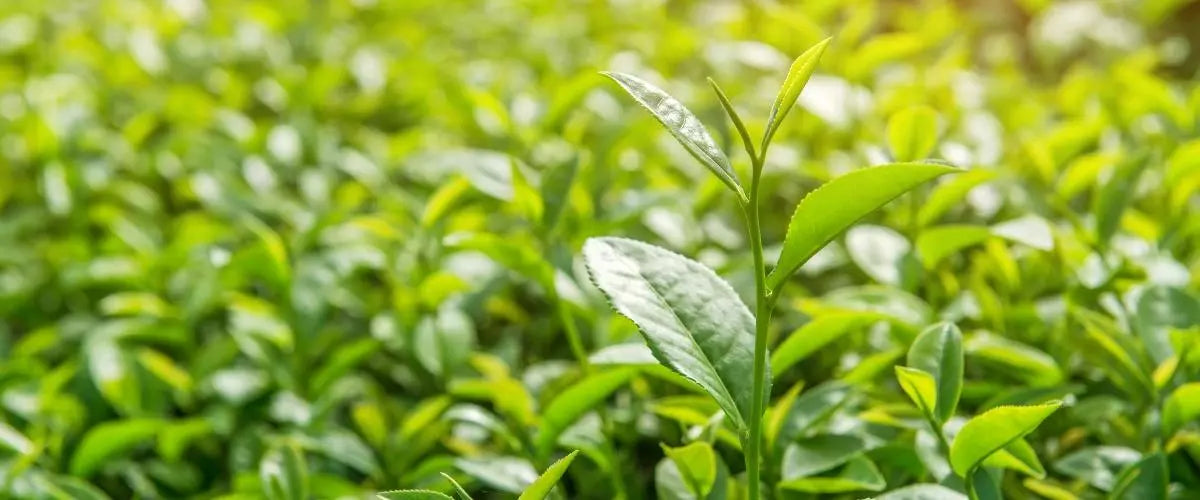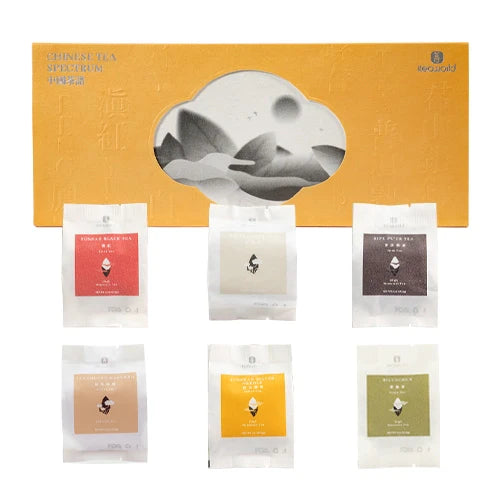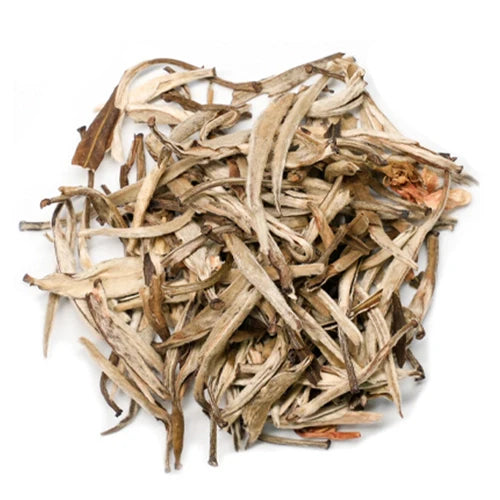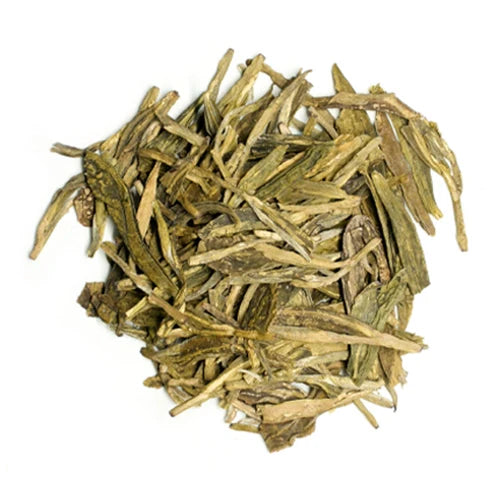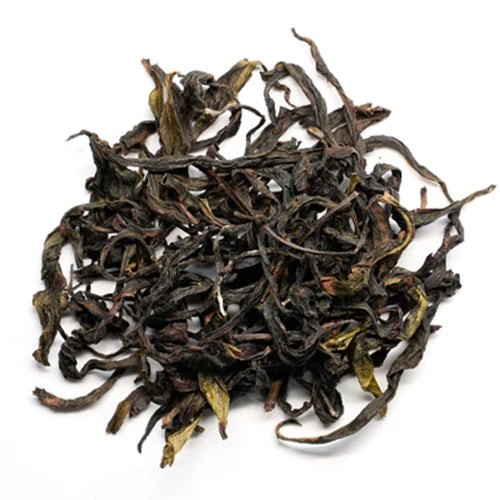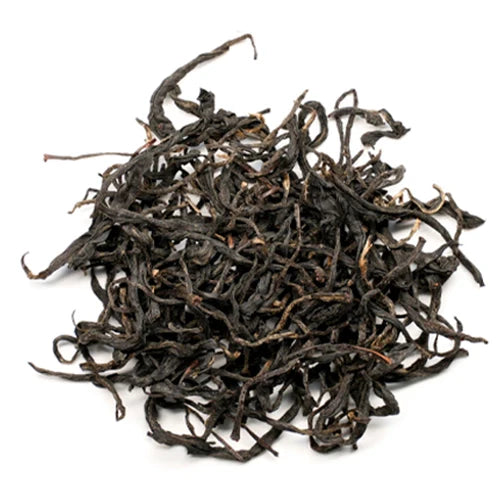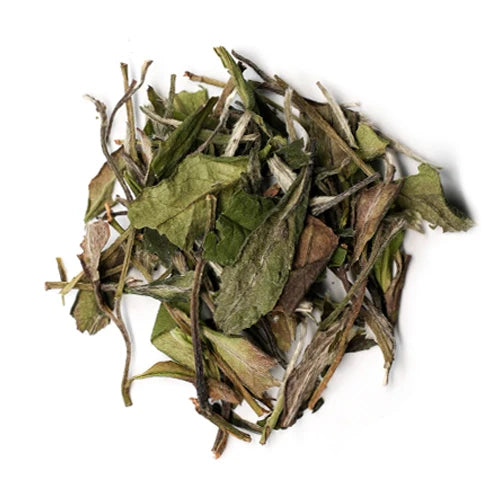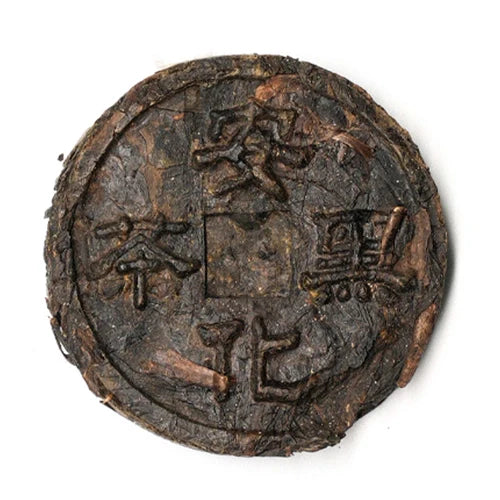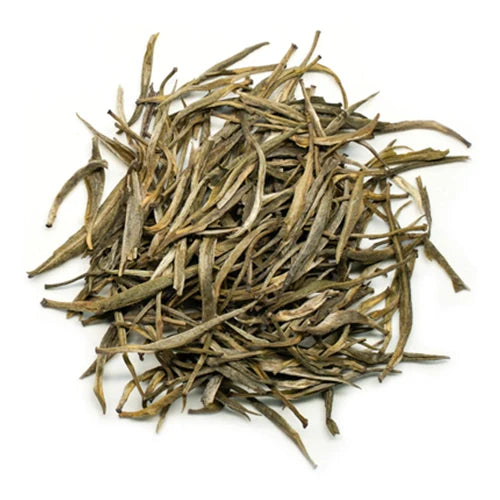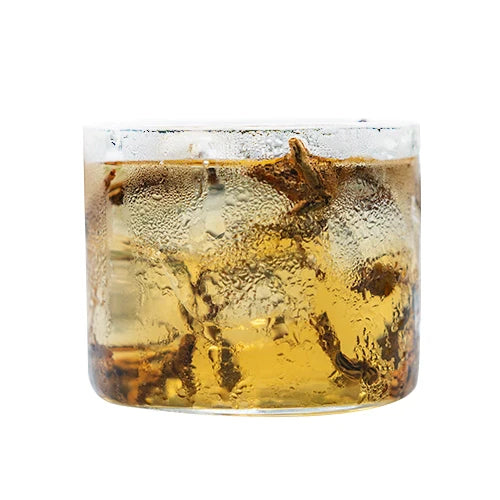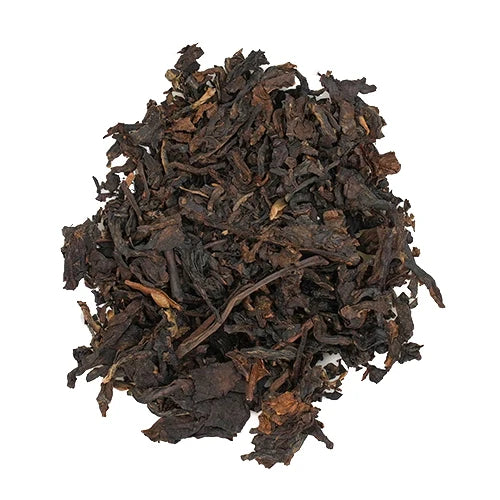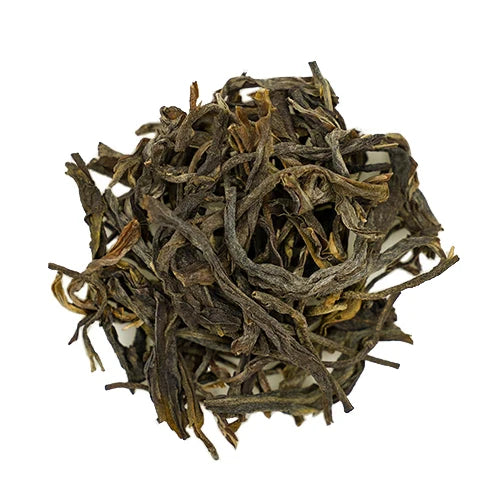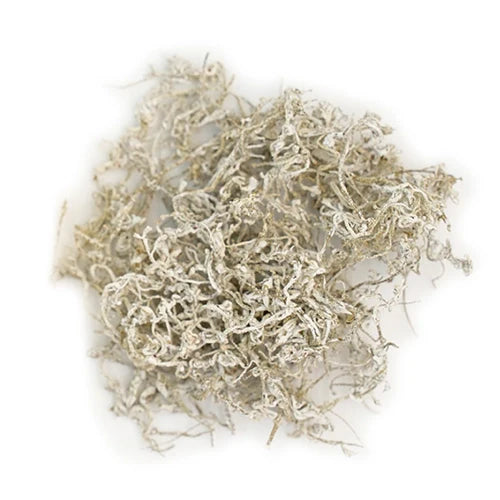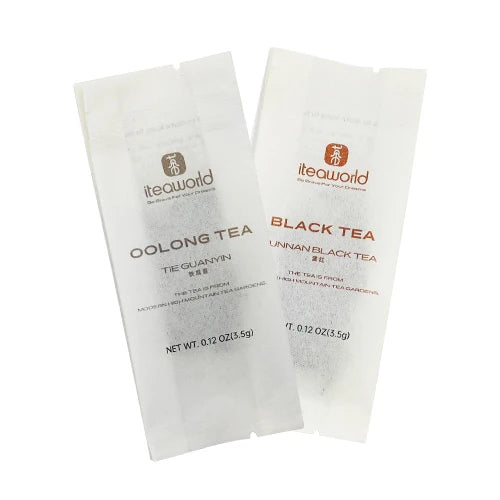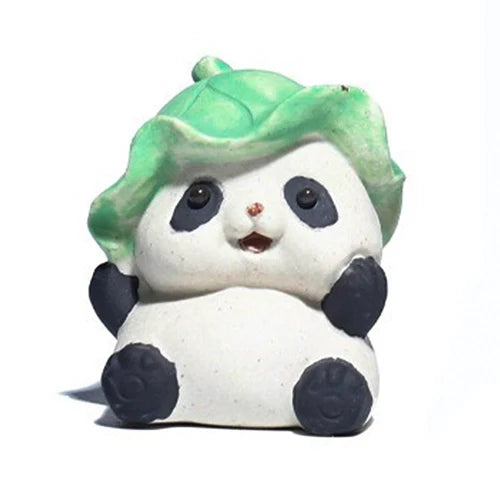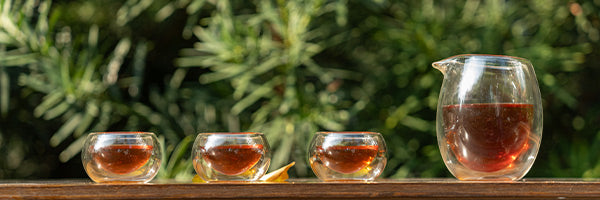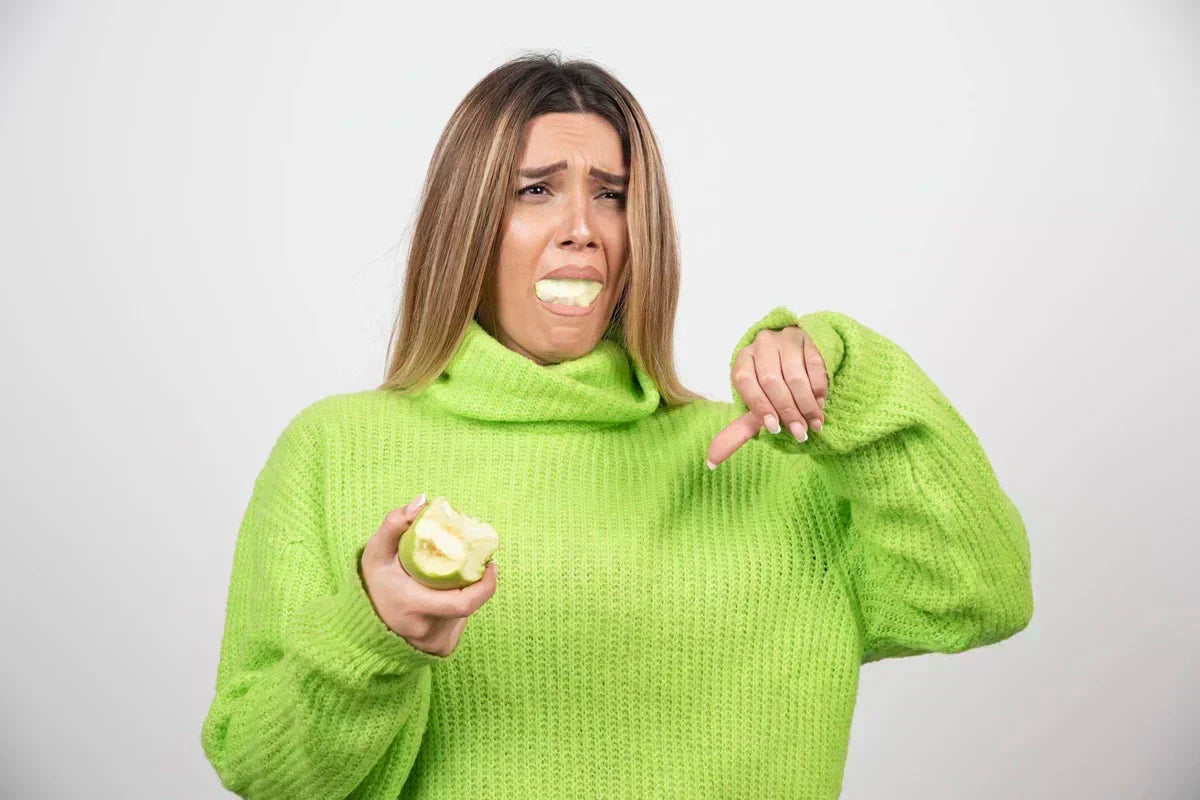Loose leaf oolong tea is a renowned variety of Chinese tea, cherished by countless tea lovers for its delightful taste and strong aroma.
Falling between loose leaf green tea and loose leaf black tea, oolong tea embodies a unique combination of freshness and depth. Its distinctive qualities are a harmonious blend of subtle contrasts, showcasing an extraordinary and captivating charm.
When drinking oolong tea, you may occasionally notice a hint of sourness in the tea. This sour taste is not inherent to all oolong teas but is influenced by various factors.
Let's explore why oolong tea can sometimes taste sour in detail.
1. Improper Fermentation
- Oolong tea is a partially fermented tea, and its unique flavor is developed through the fermentation process. If the degree of fermentation is poorly controlled, such as fermenting for too long or mishandling temperature and humidity, unexpected chemical changes in the tea leaves may occur, resulting in a sour taste.
- Over-fermentation can also overshadow the natural floral and fruity notes of oolong tea, making its overall flavor unbalanced.
- Solution: Choose tea leaves from reputable tea farmers or brands to ensure stable craftsmanship. If you are making oolong tea yourself, pay close attention to the duration and environmental conditions of the fermentation process.

2. Poor Storage Conditions
- Oolong tea is highly sensitive to storage conditions. Tea leaves are highly absorbent, and improper storage, such as prolonged exposure to moisture or strong odors, can cause the tea to become damp or pick up unwanted smells, leading to sourness.
- This is especially common in humid regions where tea leaves are not properly sealed or protected from moisture.
- Solution: Store tea leaves in a dry, cool, and odor-free environment. Use airtight containers such as tin cans, ceramic jars, or vacuum-sealed packaging, and keep them away from direct sunlight.
3. Issues with Tea-Making Techniques
- The process of making oolong tea is complex and involves steps such as picking, withering, shaking, fixing, rolling, and drying. If any of these steps are mishandled, for example, insufficient fixing that fails to deactivate the enzymes in the tea leaves, it can result in uneven fermentation.
- Similarly, over-rolling or rolling for too long can alter the tea leaf structure, impacting its final flavor.
- Solution: Purchase oolong tea made by experienced tea makers, as their craftsmanship directly determines the tea's quality. For beginners, choosing well-crafted varieties like Tieguanyin or Dong Ding Oolong is a good starting point.

4. Aging and Transformation of Tea
- The sourness in oolong tea may also come from the natural aging process of the tea leaves. Some aged oolong teas (like aged Tieguanyin) undergo gradual changes over years of storage, which may result in subtle sourness as part of their flavor profile.
- However, if the sourness is too strong, it may indicate improper storage, such as high humidity or unsuitable temperature, leading to spoilage.
- Solution: If you enjoy aged oolong tea, look for trusted sellers or brands with a good reputation to ensure quality and avoid overly sour or spoiled tea. During storage, keep aged tea in a cool, dry place, such as an airtight container, away from sunlight and humidity.
5. Brewing Methods
- The way you brew oolong tea, including water temperature, water quality, and steeping time, significantly impacts the taste of the tea.
- For instance, excessively high water temperatures or overly long steeping times can release more polyphenols or acidic compounds, resulting in a sour or astringent taste.
- Additionally, hard water (high in minerals) can also affect the flavor of oolong tea.
- Solution: Control the water temperature between 90°C and 100°C, and adjust the steeping time according to the type of oolong tea, typically no more than one minute. Additionally, use filtered soft water or low-mineral bottled water to better showcase the original flavors of oolong tea.

If you want to experience more high-quality oolong teas that are neither sour nor bitter, you can explore our brand’s curated oolong tea collection. This sample introduces you to our finest selection of Chinese oolong teas, including Da Hong Pao, Tieguanyin, Min’nan Shuixian, and Phoenix Dan Cong. It is perfect for beginners or tea enthusiasts seeking to explore a variety of flavors.
Conclusion
- The sour taste in oolong tea can result from improper fermentation, poor storage, issues with tea-making techniques, aging and transformation, or incorrect brewing methods.
- To enjoy the pure and authentic flavor of oolong tea, it is recommended to select high-quality tea leaves, store them properly, and pay attention to brewing techniques.
- Next time you drink oolong tea, try to observe these details and appreciate the craftsmanship and storage wisdom behind the tea!





